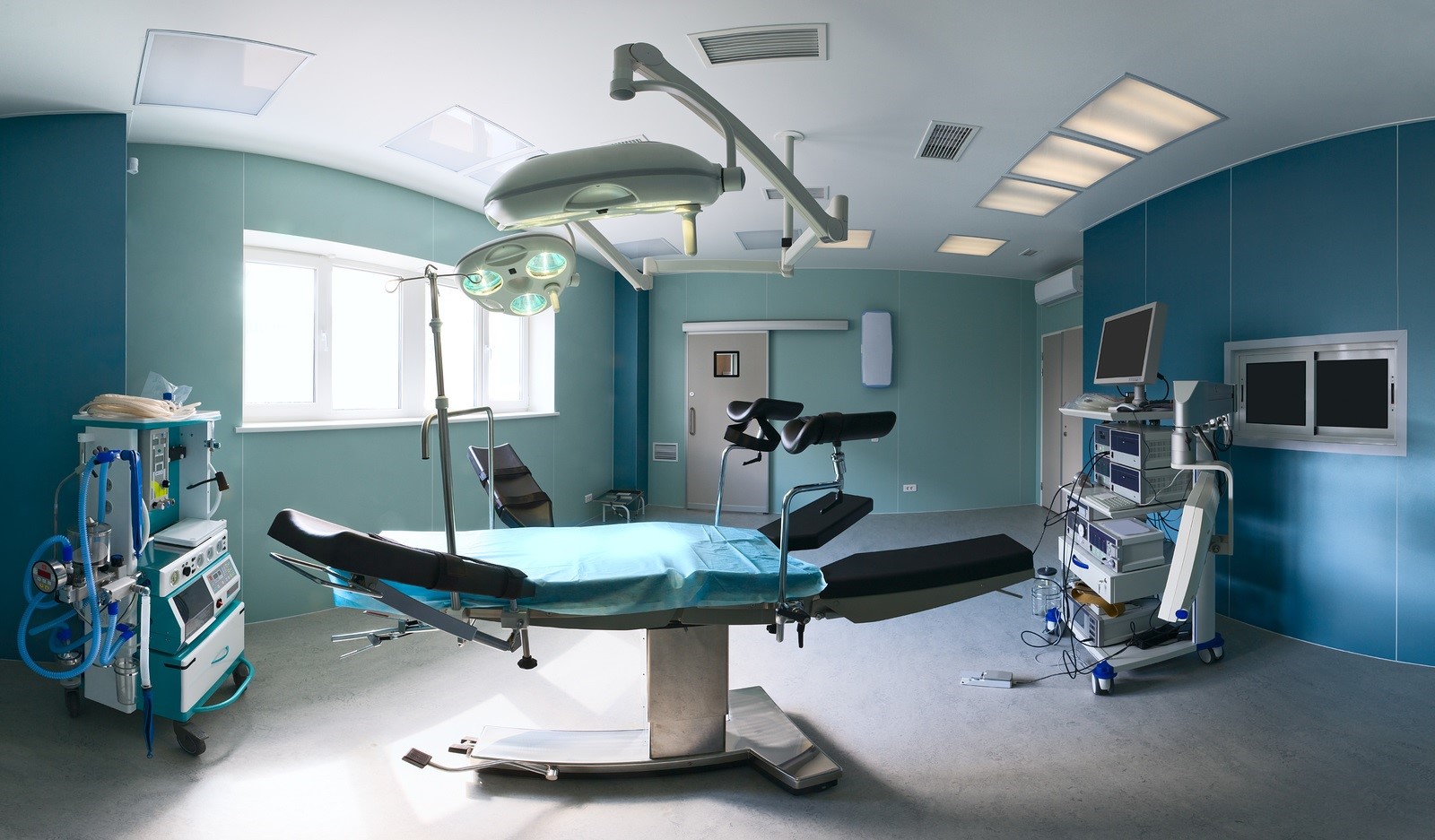Bronx Medical Malpractice Lawyer Breaks Down the Anesthesiology Field
Most patients don’t know what an anesthesiologist does, let alone what anesthesia really does.
In a report by Rob Forman of Rutgers Today, anesthesia resident Ferdinand Iannaccone said over 90 percent of patients only know that anesthesiologists put patients to sleep. This, for him, is a blatant oversimplification of the anesthesiologist’s role in the operating room. In fact, the anesthesiologist is the indispensable member that makes sure the patient’s health remains safe despite being put to sleep medically.
The anesthesiologist’s responsibilities, aside from administering sedatives, are as follows:
- Review a patient’s medical history to develop the proper anesthesia plan.
- Monitor the patient’s vital signs following administration of the anesthesia.
- Administers drugs that reverse the effects of anesthesia after an operation.
- Provide critical or intensive care whenever possible.
In addition, there’s no one-size-fits-all type of anesthesia. Anesthesiologists must determine the right one among three common types:
- General – places the entire body in an unconscious state, administered either via injection or breathing tube inserted down the windpipe
- Regional/Local – sedates a major region of the body by injecting the right spinal nerves, reduces need for post-op pain medicine
- Conscious – largely common among sedation dentists, it relaxes certain parts of the body without putting the patient to sleep (but may not remember the events following the sedation)
Any lapse on the anesthesiologist’s part, from failing to follow through with his or her duties to using too much anesthesia, can be grounds for medical malpractice. According to the New York School of Regional Anesthesia (NYSORA), the effects of anesthesia overdose or incompatibility can be categorized as affecting the brain (e.g. seizures) or the heart (e.g. cardiac arrest).
Not only the anesthesiologist, but the hospital where he or she works can also be sued. The default scenario a medical malpractice lawyer in Bronx usually deals with is vicarious liability, where the anesthesiologist is an employee at the hospital. However, even if the anesthesiologist is a third-party contractor or faulty equipment caused the accident, the hospital is still liable.
Should you or a loved one suffer from the effects of wrong anesthesia application, you have the right to seek compensation. Have an expert medical malpractice attorney in Bronx like Joseph M. Lichtenstein handle the legal process of filing a case and defend your interests in court. In a profession like medicine, errors are not an option.
(Source: “Knowing More about Anesthesia Can Help Patients during Surgery, Rutgers Researcher Says,” Rutgers Today, January 23, 2015)

